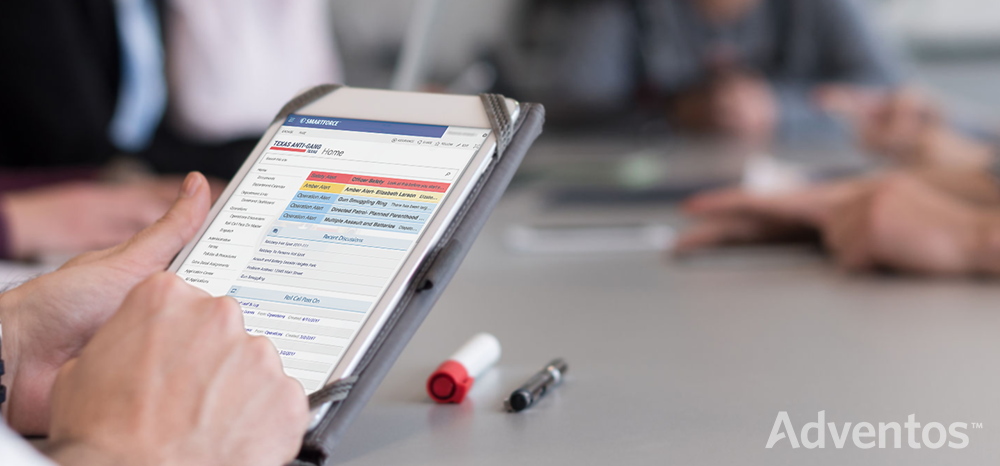On April 17th, Attorney General Jeff Sessions called for a return to proactive policing in a USA Today op-ed. But what does that mean to law enforcement? A proactive approach to crime reduction requires the ability to track what the results of proactive policing deployments are – moving from the “old way” of hierarchy and individual response to a transformation that involves team coordination and real-time collaboration between patrol, command, crime analysts and investigators. Done right, coordination and collaboration can have a profound impact on the efficiency of the organization providing better crime reduction results, improved deployment of resources, and greater job satisfaction across the department.
In this model, a patrol officer enters his or her daily shift and either “receives” a roll call pass on and/or shift briefing. In some departments, this consists of a physical book of information that they flip through to get up to speed on everything from the silly to the serious including mission critical intel and information critical to their safety. From there, equipment is picked up and the officer is “on duty”. The problem? The pass down is passive. Officers sit and get briefed. The problem with this type of shift briefing is the following: Information is not searchable, if there is follow up it is not tracked; Information that is handed out like bulletins, BOLO’s or Attempt to I.D Intelligence is not managed digitally for a quick reference. In a real-life scenario, what happens 48 hours later when an officer sees someone in that bulletin that they received on Monday? What if it got lost? Where can they go and search for it? Are they still looking for the bad guy in the bulletin? Maybe he was arrested. How does the officer know? Moreover, it is a rearview mirror look at what happened while the incoming officer’s environment runs in real time – and there’s the gap.
Of course, email updates are sent out; but, these too, are passive and easy to miss (especially when email is not targeted and related to an officer’s role). This ultimately puts the officer in a position where he or she is ill-equipped to face the specific dangers of the day, indefinitely delaying mission-critical information, and ultimately, making it more difficult to bring cases to a close and make it home safely at the end of the day.
Proactive Policing: Building the Bridge
In contrast, by using technology as a foundation for a more proactive approach to policing, officers will have the ability to “preload” their shift with everything they need to hit the ground running. From their mobile device they now have access to an officer safety alert via a mobile device as real time information is available. Even if nobody is physically available to pass down information, they still have it – information is being pushed out in real-time, even while other officers are still in the field. Solutions like SmartForce™ allow officers to stay-up-to-date and to push out updates of their own, making sure that if something important happens EVERYONE who needs to know about it DOES – often in seconds.
Officers are constantly connected not just to other patrol members but to crime analysts, commanding officers and investigators. All of this leads to increased collaboration, more efficient reporting and ultimately the most important benefit of all – crime REDUCTION and improved public safety.

